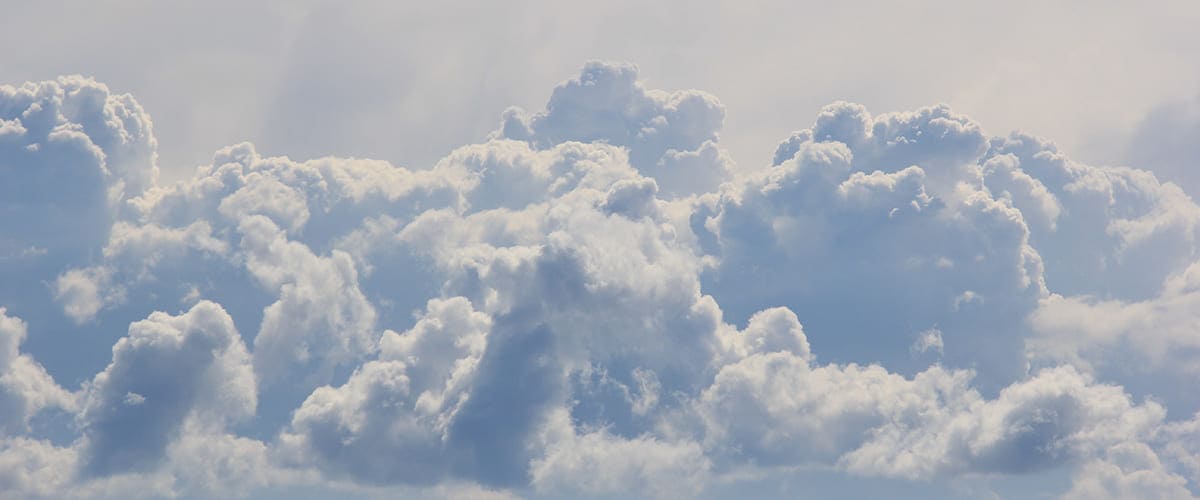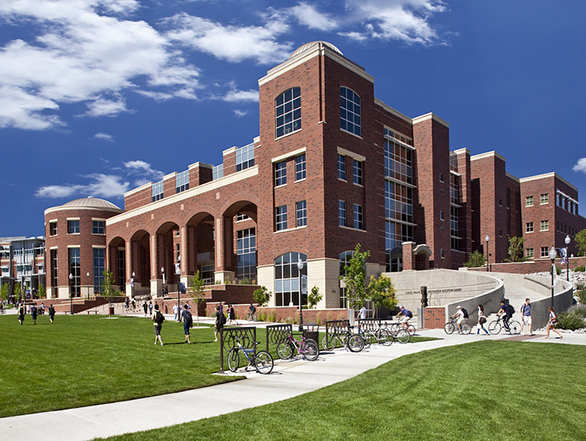Master of Science in Atmospheric Science
The goal of the M.S. degree in the Atmospheric Sciences Graduate program is to prepare and educate students in the application of existing or new methods in conducting theoretical studies as well as developing and applying instruments and measuring techniques in the earth-atmosphere system. The Atmospheric Sciences Graduate program is for students interested in research and applications on a wide variety of atmospheric science topics: cloud and aerosol physics, atmospheric chemistry, climate trends, remote sensing, weather forecasting, health impacts of air pollution, mesoscale modeling, fire weather and wildfire plume dynamics, radiative forcing, etc.
The M.S. degree in atmospheric sciences allows to pursue related careers including air pollution specialist, alternative energy consultant, atmospheric science researcher, climate change analyst, educator, environmental impact assessor, air quality scientist, climatologist, environmental scientist, environmental monitoring, and meteorologist.



